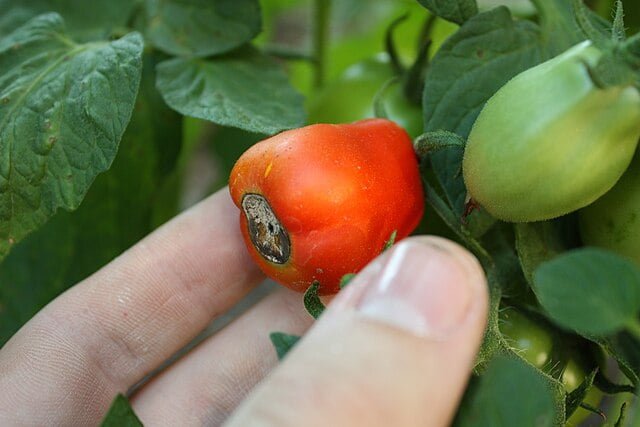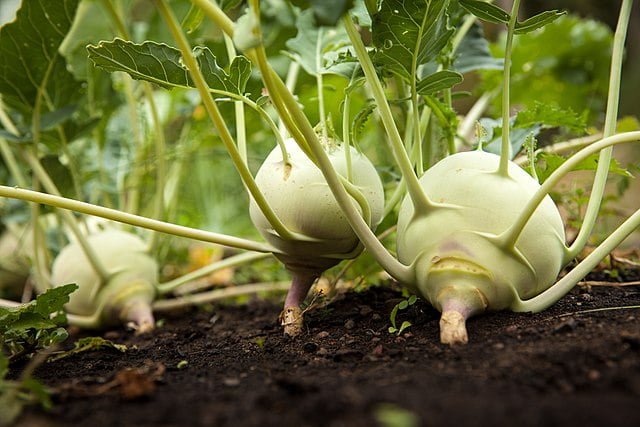A Guide to Understanding and Managing Blossom End Rot
Tomato gardening can be a rewarding endeavour, offering a fresh, homegrown taste that is second to none. However, like all gardening ventures, it can come with its share of challenges. One such challenge is blossom end rot. This article aims to explain what blossom end rot is, how to recognize it, and the measures you can take to prevent and manage it in your tomato garden.
Understanding Blossom End Rot
Blossom end rot is a physiological disorder caused by a calcium imbalance within the plant. Despite its name, it is not caused by a pathogen or pest. Instead, it’s often triggered by environmental factors that affect the plant’s ability to absorb and transport calcium, which is essential for cell wall development.
Recognizing Blossom End Rot
Blossom end rot is easy to recognize. It first appears as a small, water-soaked spot on the blossom end (the bottom) of the fruit, opposite the stem. As the fruit matures, the spot grows larger, becomes sunken and turns dark brown or black, often taking up half the fruit. The flesh in the affected area is dry and leathery.
Preventing Blossom End Rot
Preventing blossom end rot involves ensuring that your tomatoes have a steady, sufficient supply of calcium and favourable growing conditions:
- Soil pH and Calcium: The soil should have a pH between 6.0 and 6.5, which allows optimal calcium uptake. Add lime to increase pH and provide calcium if your soil is acidic.
- Consistent Watering: Irregular watering can disrupt calcium uptake. Aim for deep, regular watering that keeps the soil consistently moist but not waterlogged.
- Mulching: Mulching helps to maintain consistent soil moisture and temperature, both of which can affect calcium availability.
Managing Blossom End Rot
If you see symptoms of blossom end rot, here are steps you can take:
- Remove Affected Fruits: Removing symptomatic fruits allows the plant to redirect its energy to developing new, healthy fruits.
- Adjust Watering Practices: If watering has been irregular, aim for more consistent watering to ensure a steady supply of calcium to developing fruits.
- Foliar Calcium Sprays: These can provide a quick, albeit temporary, remedy. They can be purchased from garden centers and should be applied according to label instructions.
Blossom end rot can be a disheartening sight in the tomato garden, but it is preventable and manageable. By maintaining the correct soil pH, providing adequate and consistent water, and employing good garden practices, you can significantly reduce the risk of blossom end rot and ensure a bountiful and healthy harvest of tomatoes. Remember, the key to successful gardening lies in understanding and working with nature. Happy gardening!







